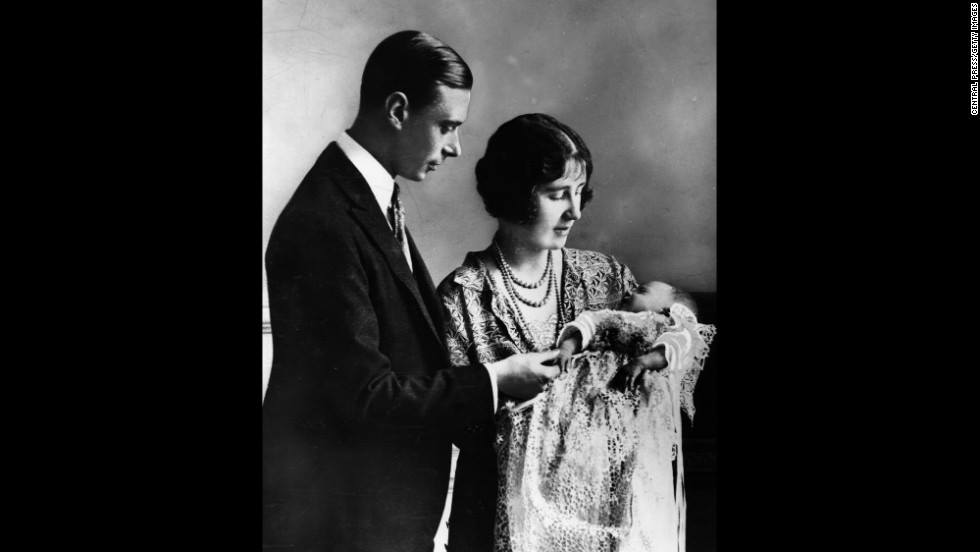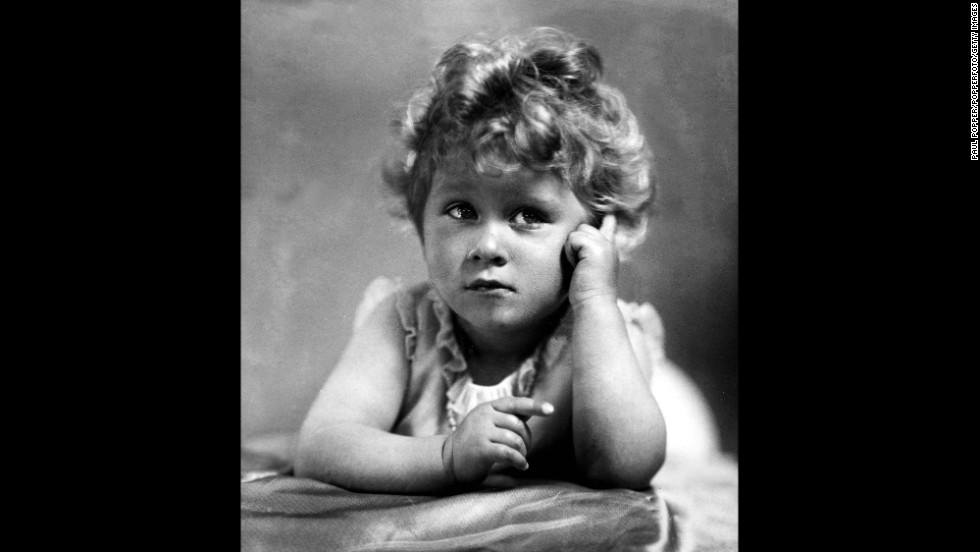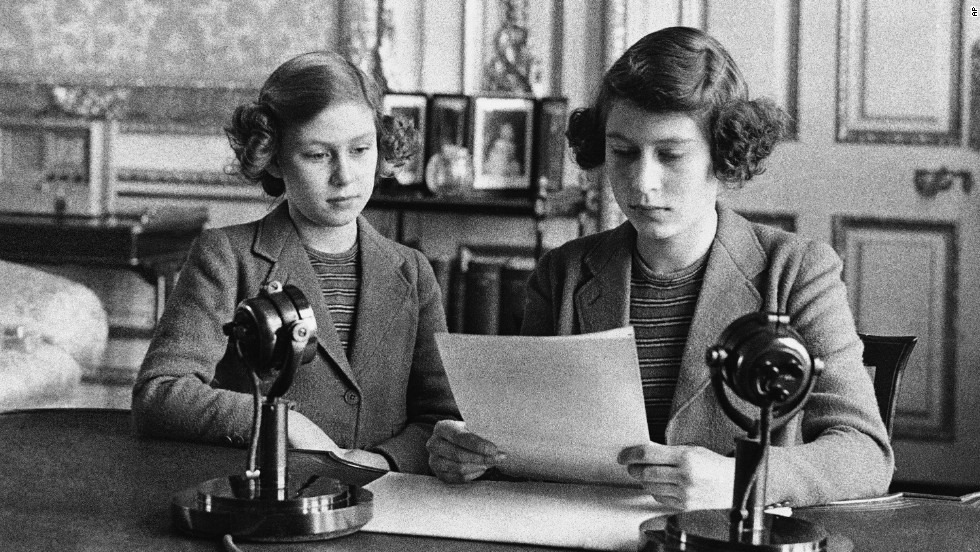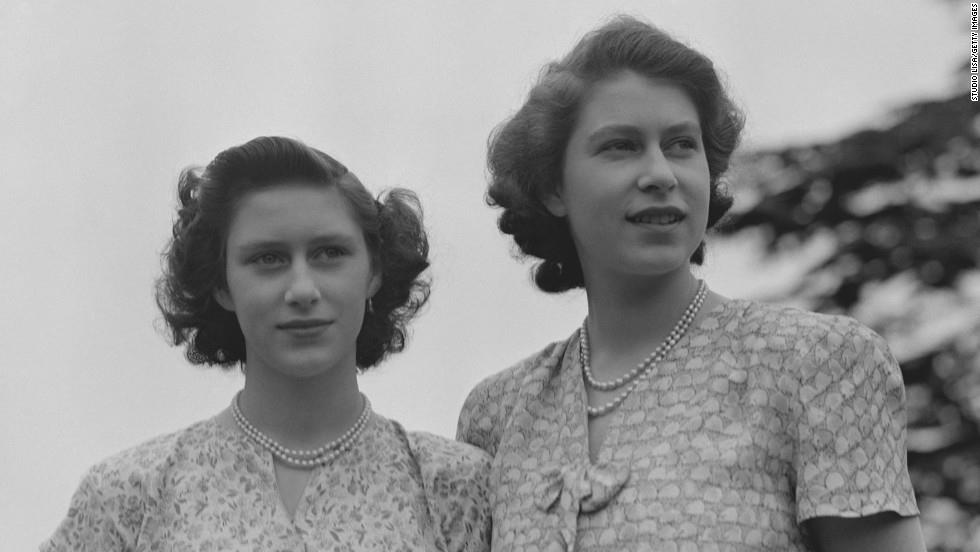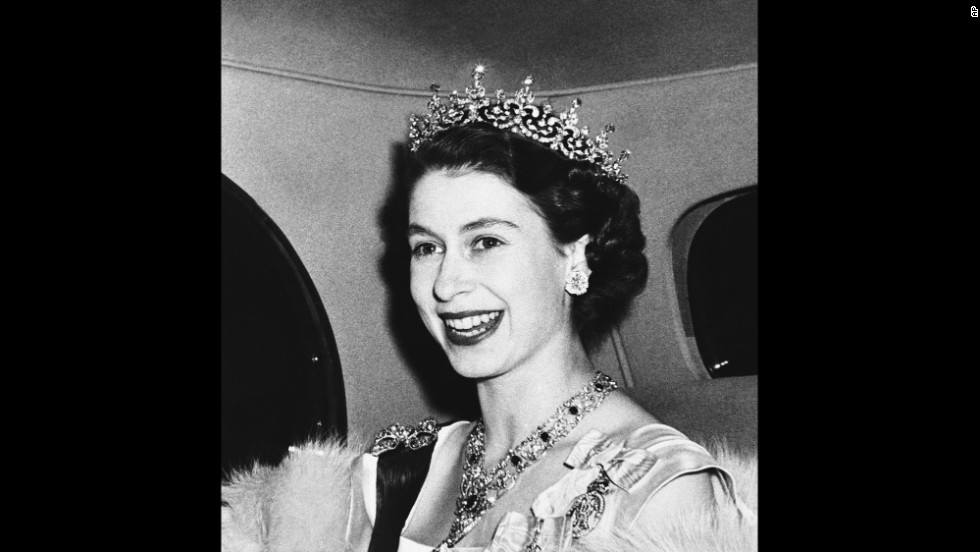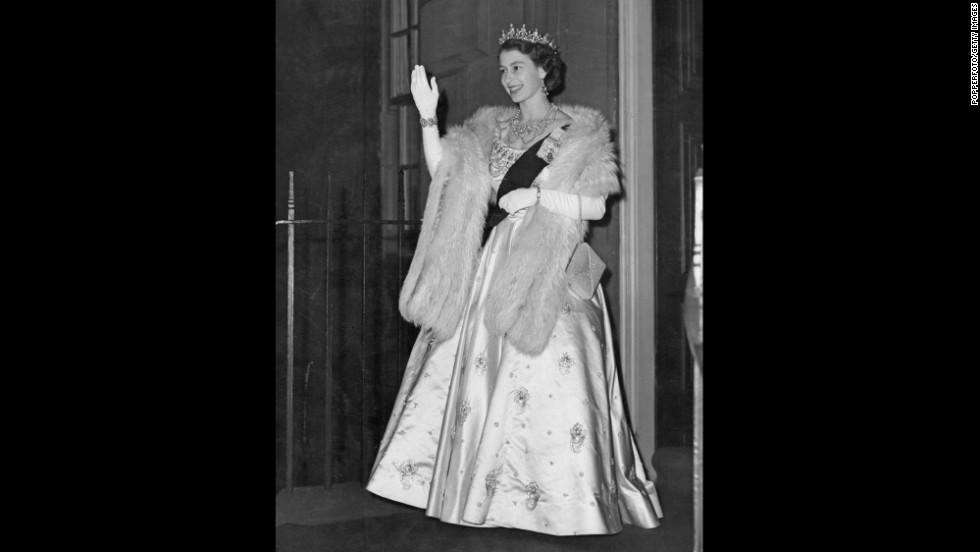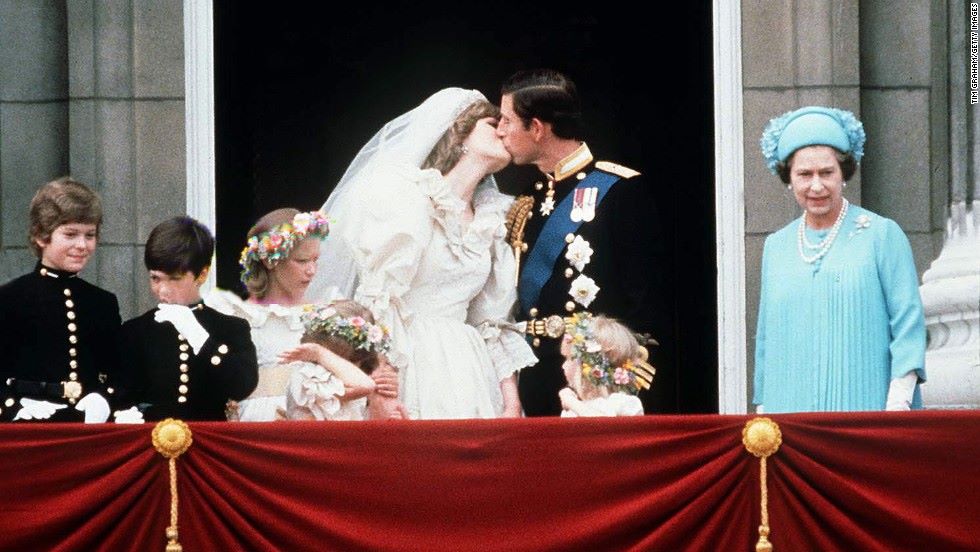165 Years Ago Today- The First "National Woman's Rights Convention"
A poem read at the National Woman's Rights Convention, and reprinted in William Lloyd Garrison's The Liberator on November 15, 1850.
Circa 1870 Photograph of Lucretia Mott by F. Gutekunst of Philadelphia, PA.
On October 23, 1850, in Worcester, MA, women from across the country met for the first time to create a organized plan of action for gaining equal rights. The Seneca Falls Convention had been held two years earlier, but that meeting had been somewhat impromptu, and was only regional. The National Woman's Rights Convention was planned for months, and included participants from across the country. Twenty years later, in 1870, Elizabeth Cady Stanton would state that the Women's Rights "movement in England, as in America, may be dated from the first National Convention, held at Worcester, Mass., October, 1850."
Elizabeth Cady Stanton was not present herself at the convention, because she was about to give birth, but she sent a letter that was read to the crowd, giving her support to the movement. Among those who were in attendance were Lucretia Mott, Lucy Stone, William Lloyd Garrison, and Frederick Douglass; the latter two famous abolitionists being some of the original male Feminists. The causes of abolition and women's rights had a complicated relationship; women like Stanton, Mott, and Stone started their activist careers as abolitionists, but were outraged to find that many male abolitionists would not allow them to speak publicly for the movement, or to play an active role in the cause. This inspired these women to start demanding equal rights from themselves. Many male abolitionists supported the movement, like Garrison and Douglass, believing there should be equal rights for all. Others saw these women as stepping outside their intended role; the Evangelical community made up a large percent of the anti-slavery movement, and believed these women's ideas went against the Bible's teachings.
Lucy Stone
Along with the many speeches given and debates had over two days, the Convention formed the first organized committees for a cohesive movement across the country. These committees created local chapters, and addressed fundraising, publicity, education, employment, and lobbying, among other needs and goals. This fundamentally changed and strengthened the movement- putting forth a unified message to the world. The Convention became a yearly event, and continued to gain momentum and attendees.
An example of the backlash from the Convention, reprinted by The Anti-Slavery Bugle.
These efforts helped to give women better property rights and rights to the wages they earned, more legal standing within the family structure- including parental rights and the increased ability to initiate a divorce, and eventually suffrage. Without these brave women, and men, we ladies would not be where we are today! So raise a glass to the National Woman's Convention, and celebrate that you live in the 21st century they helped to create! Or ladies, just wear some pants, show little ankle, revel in your independent checking account, go to work, and earn a fair wage!

